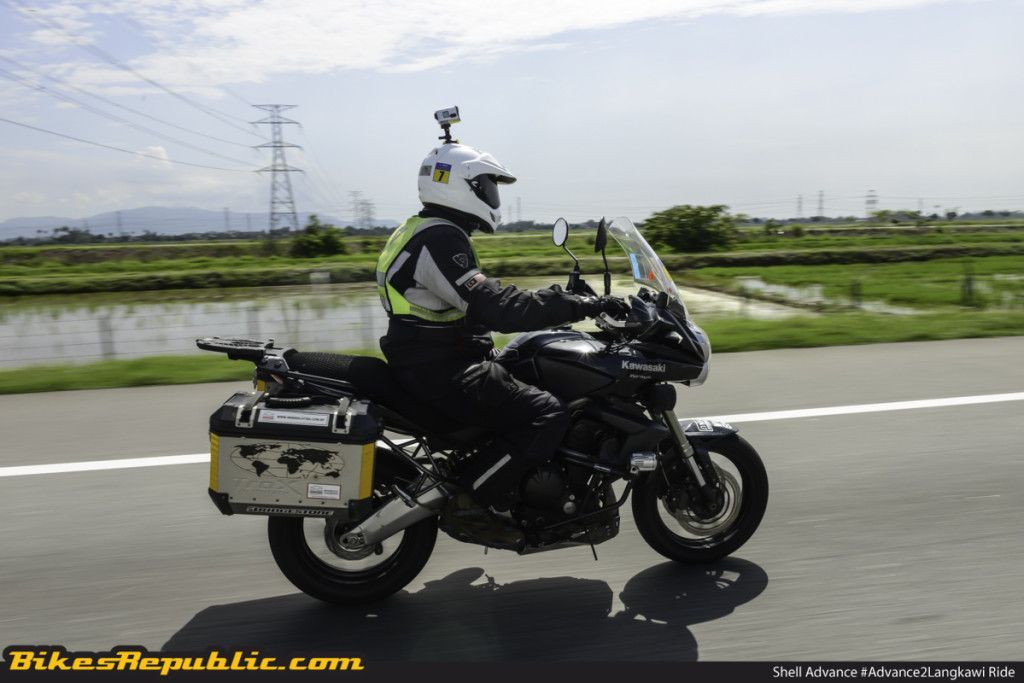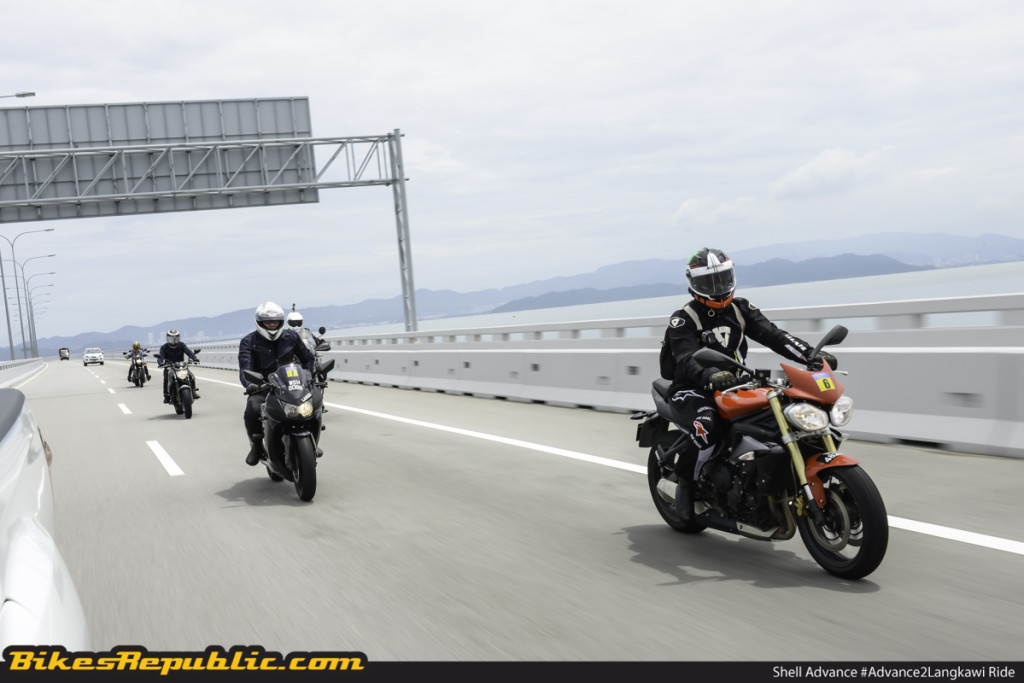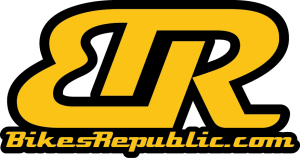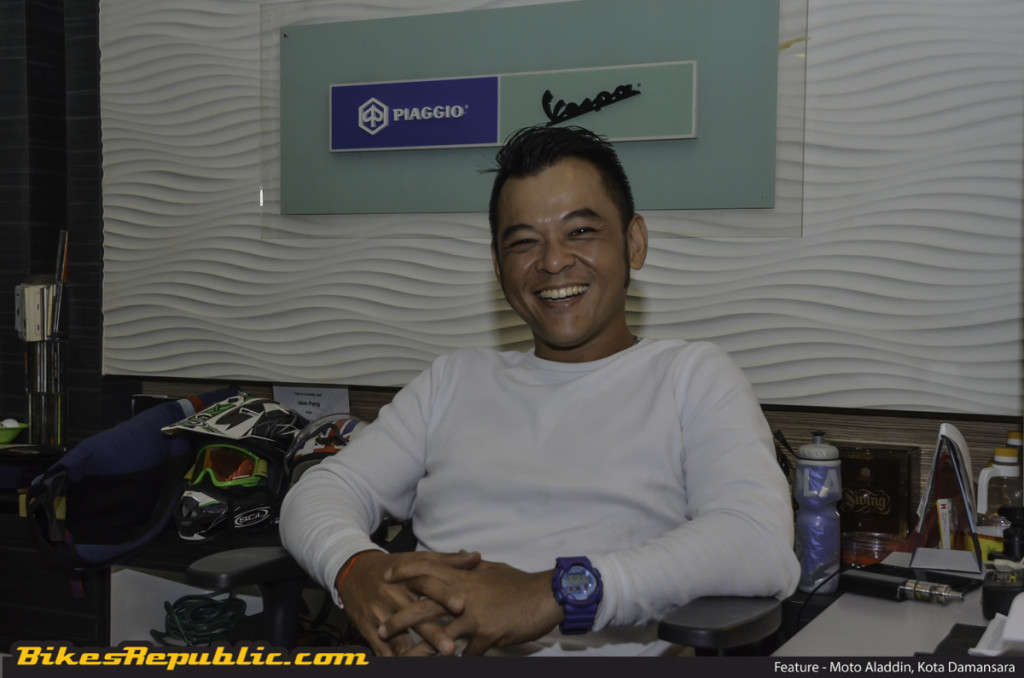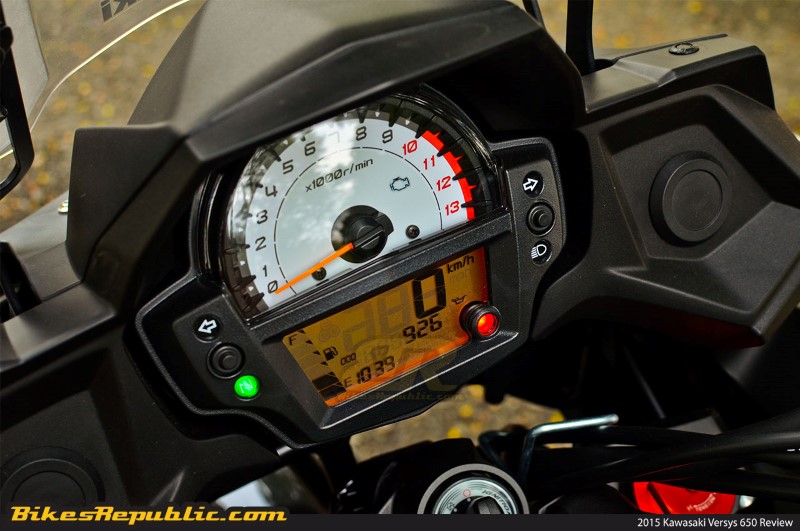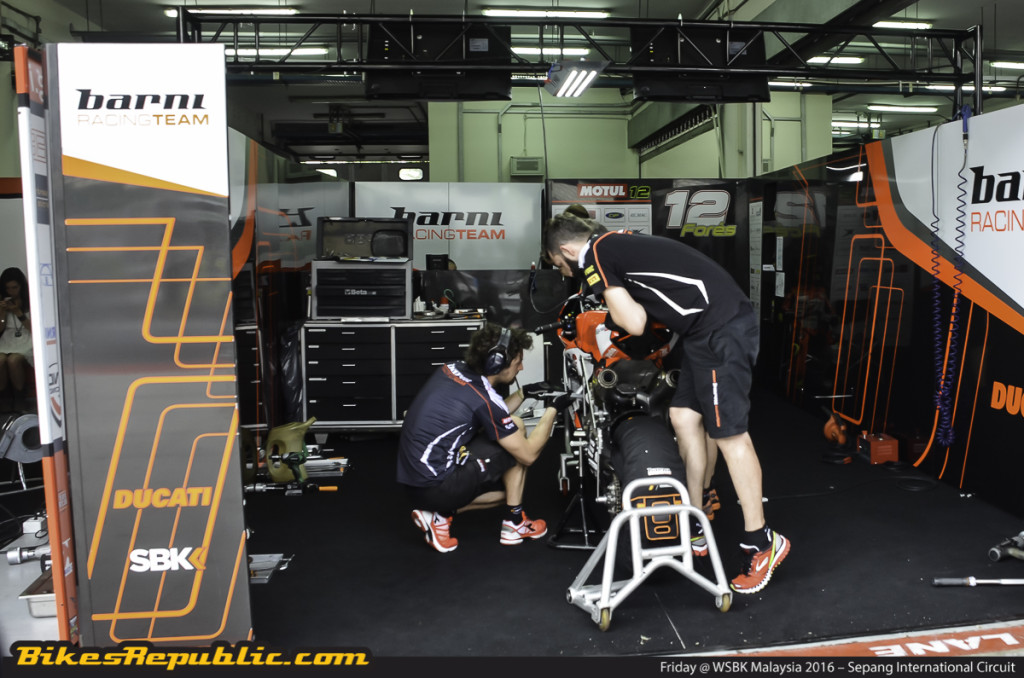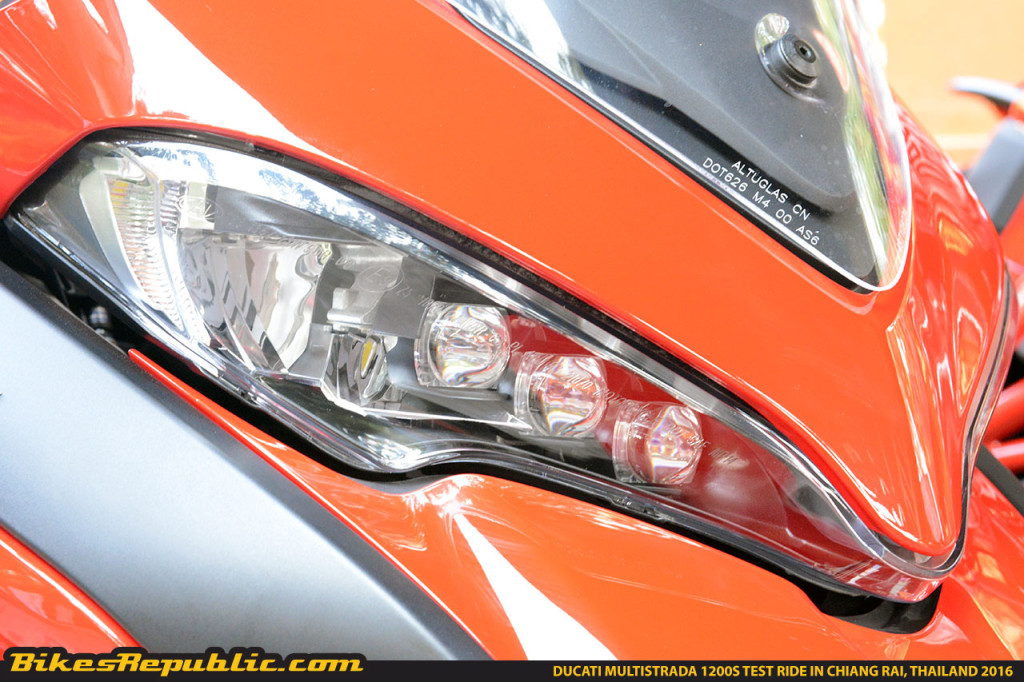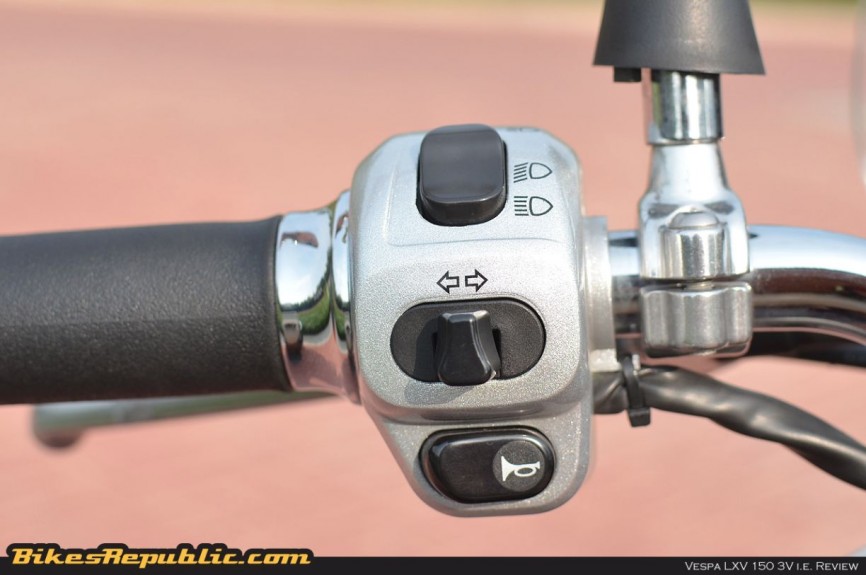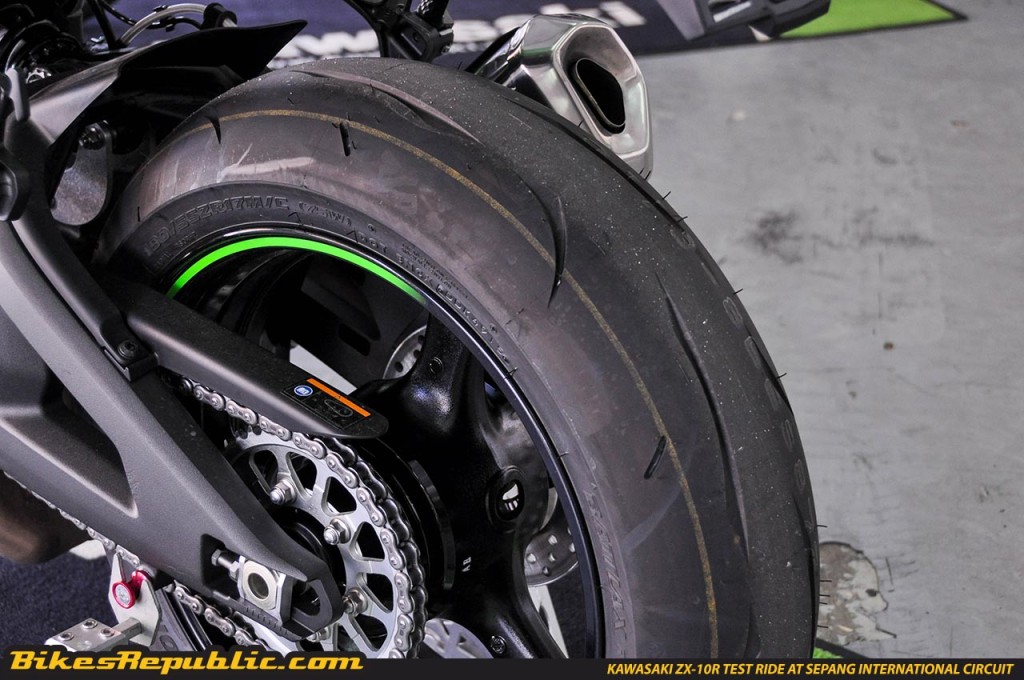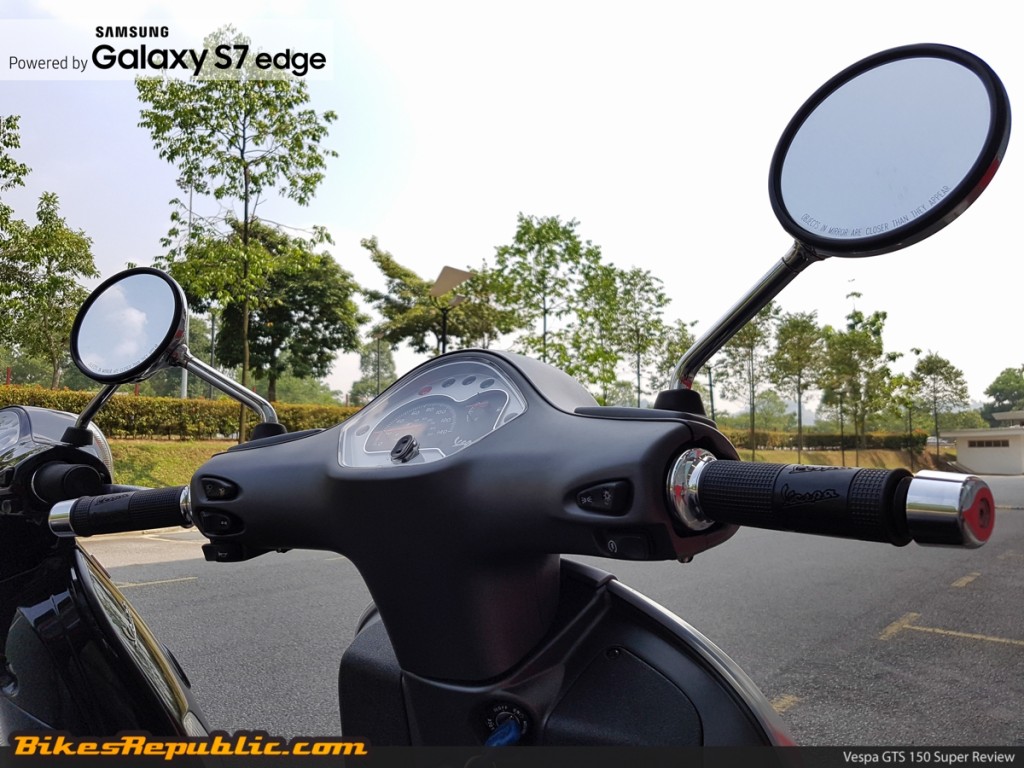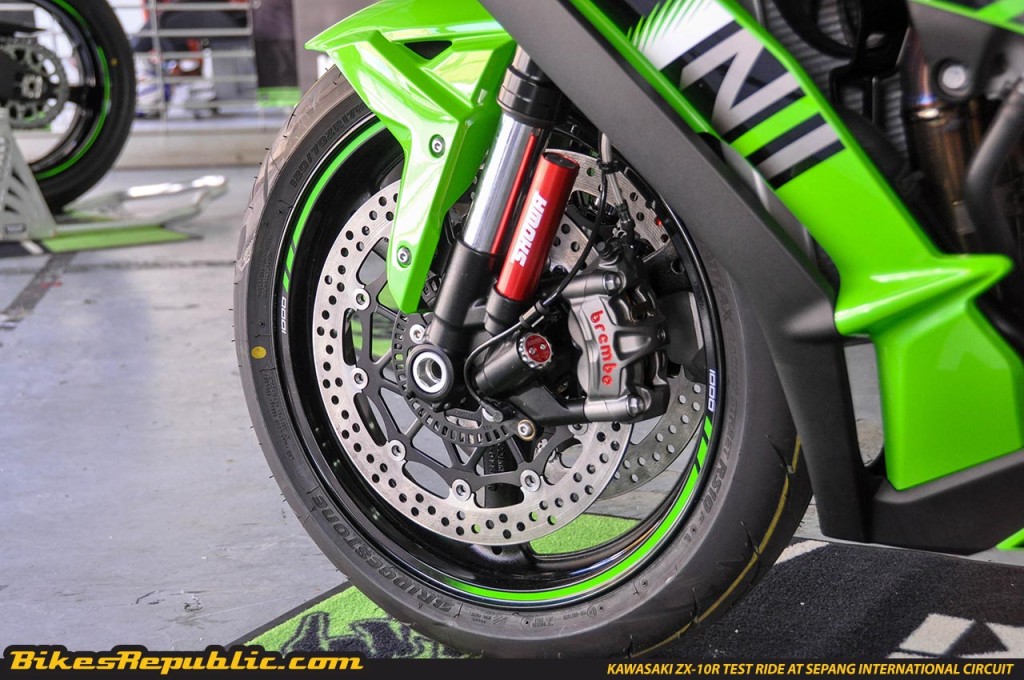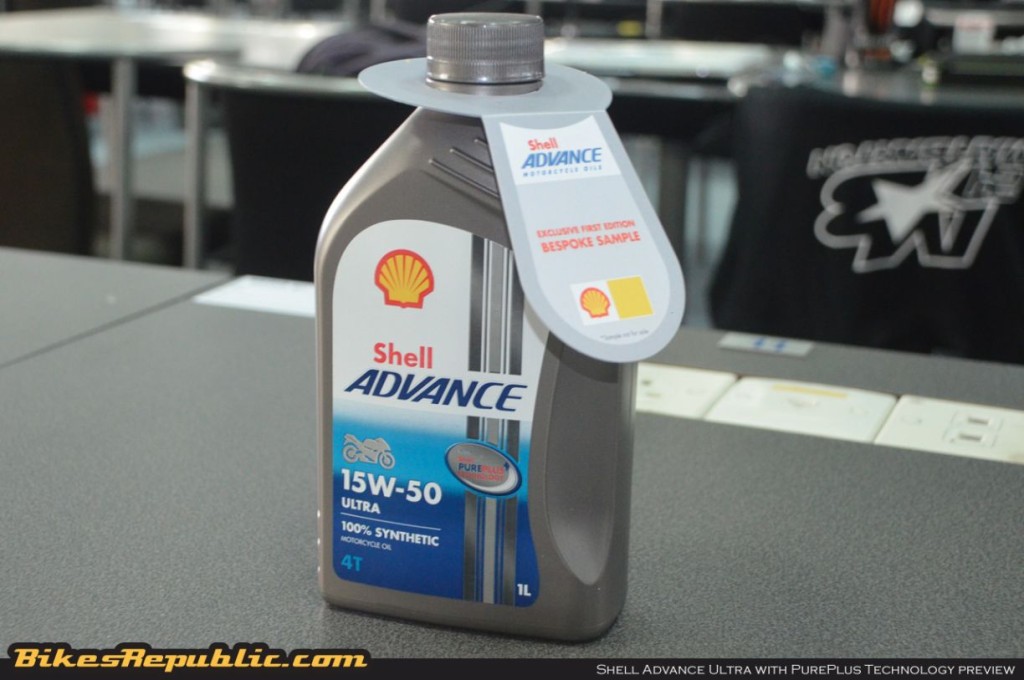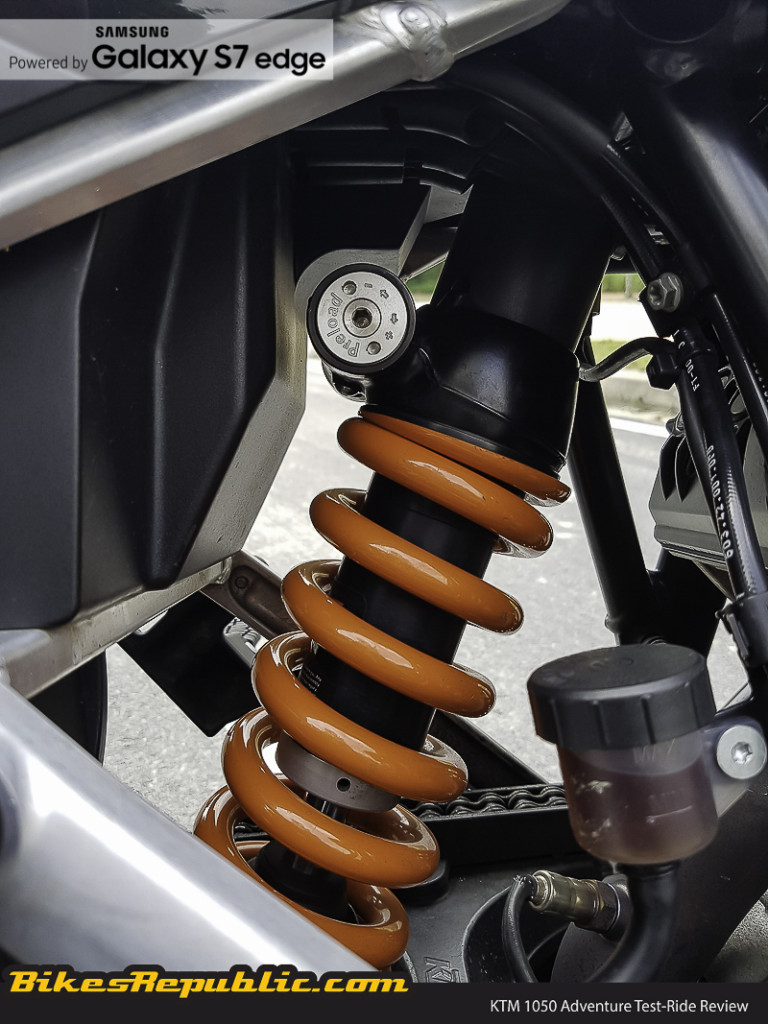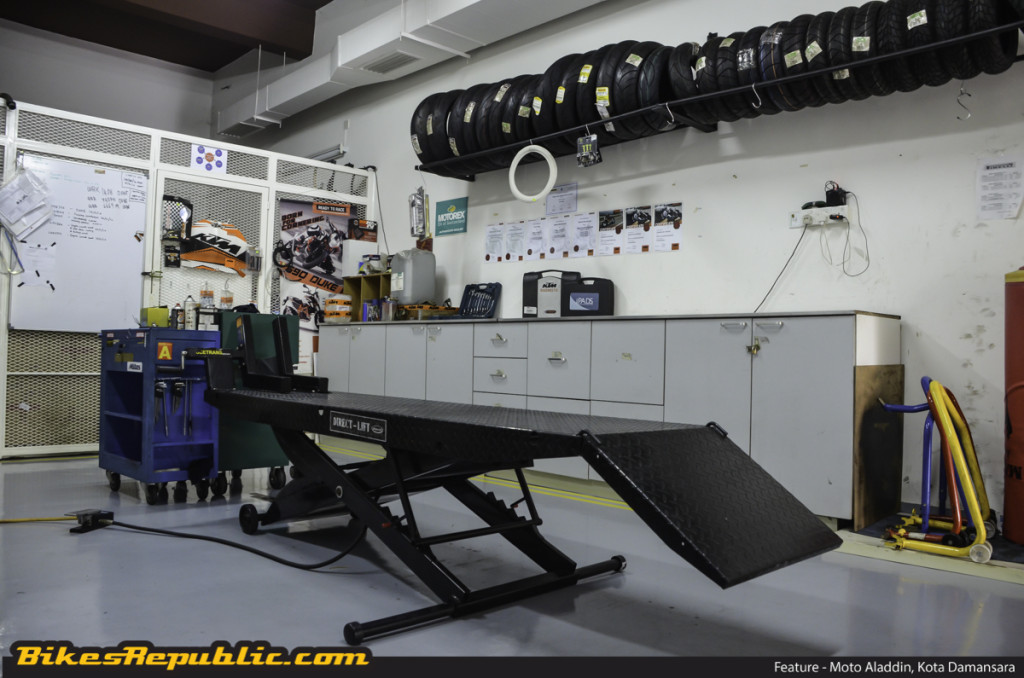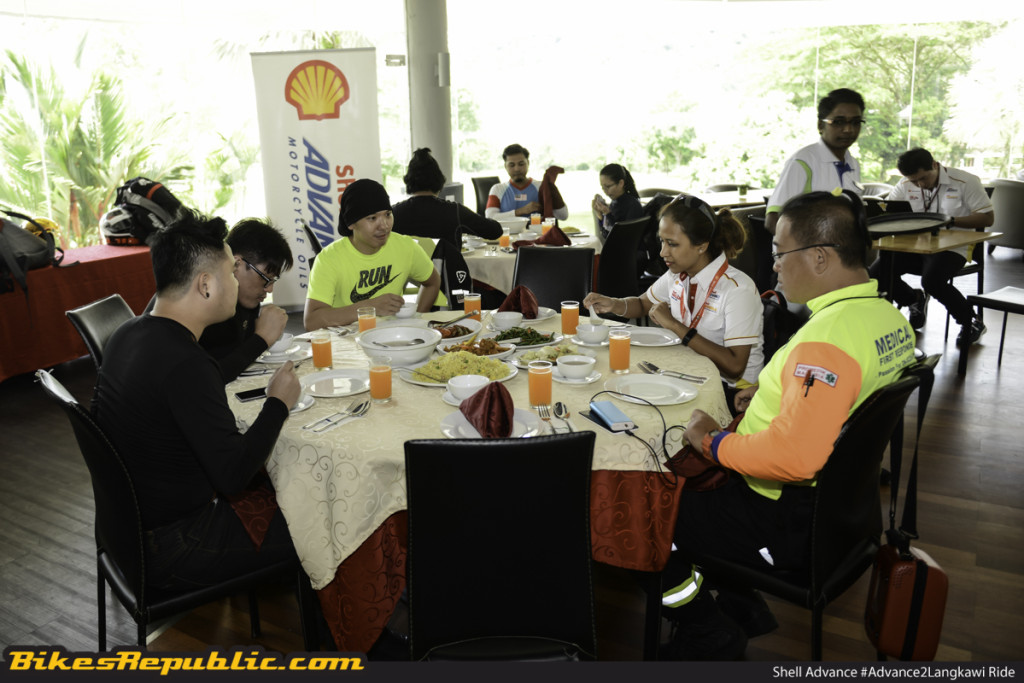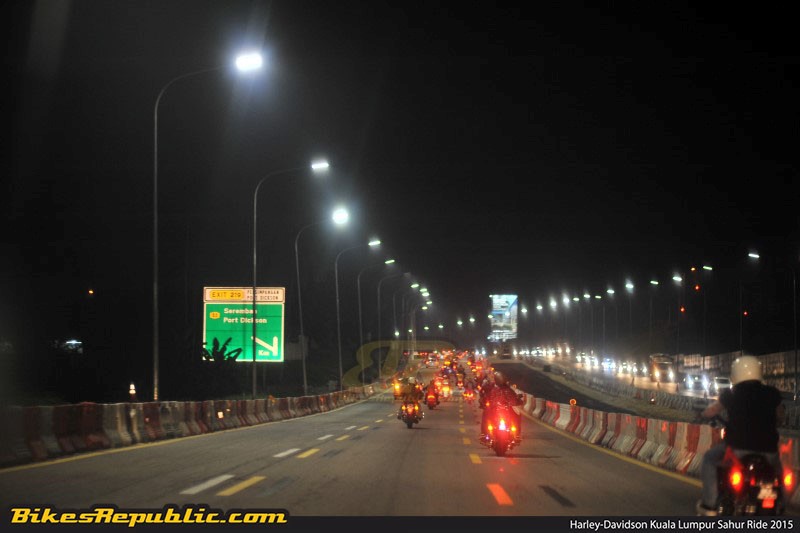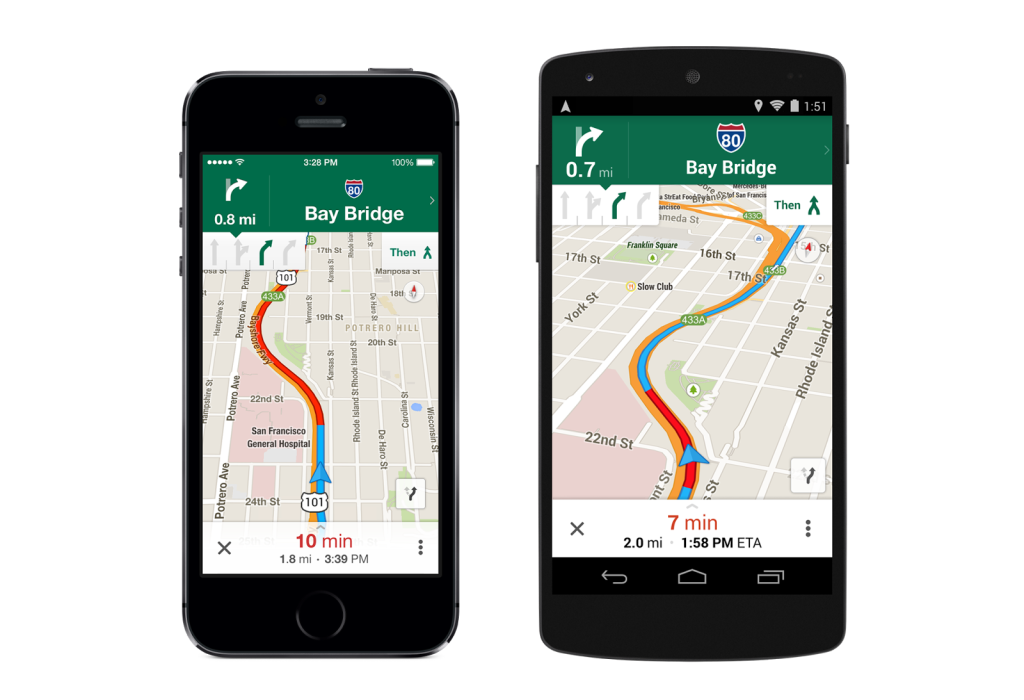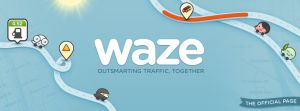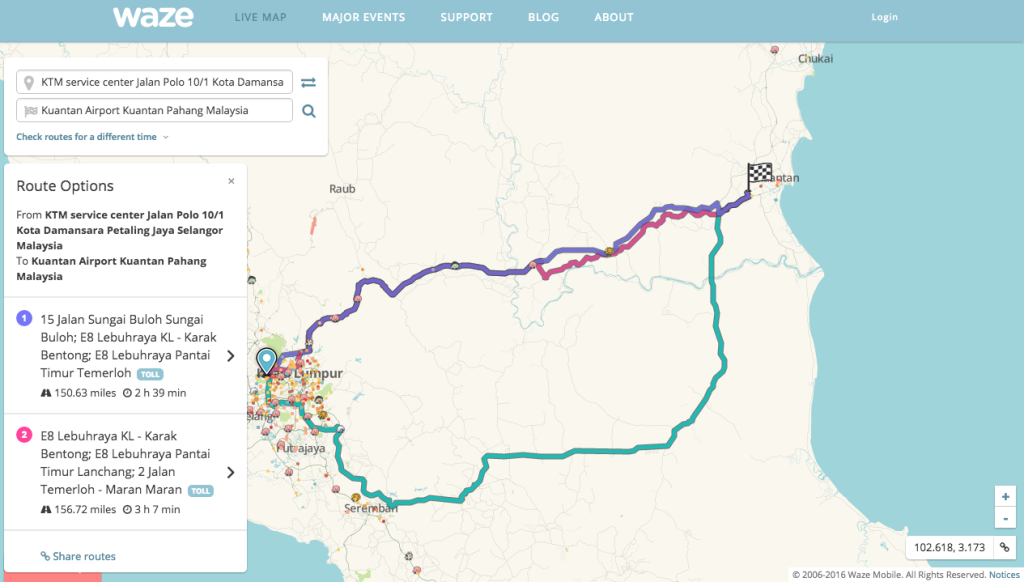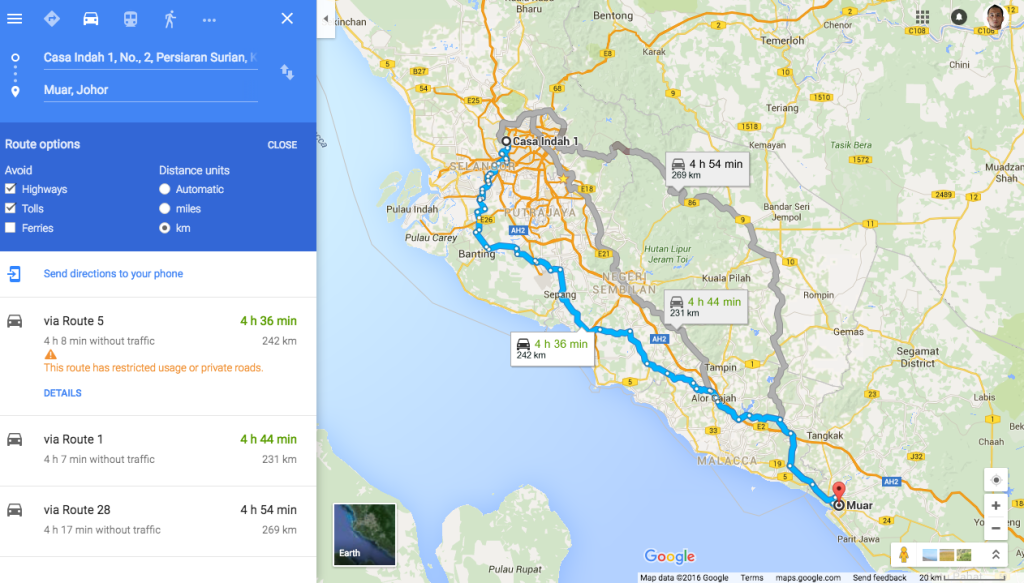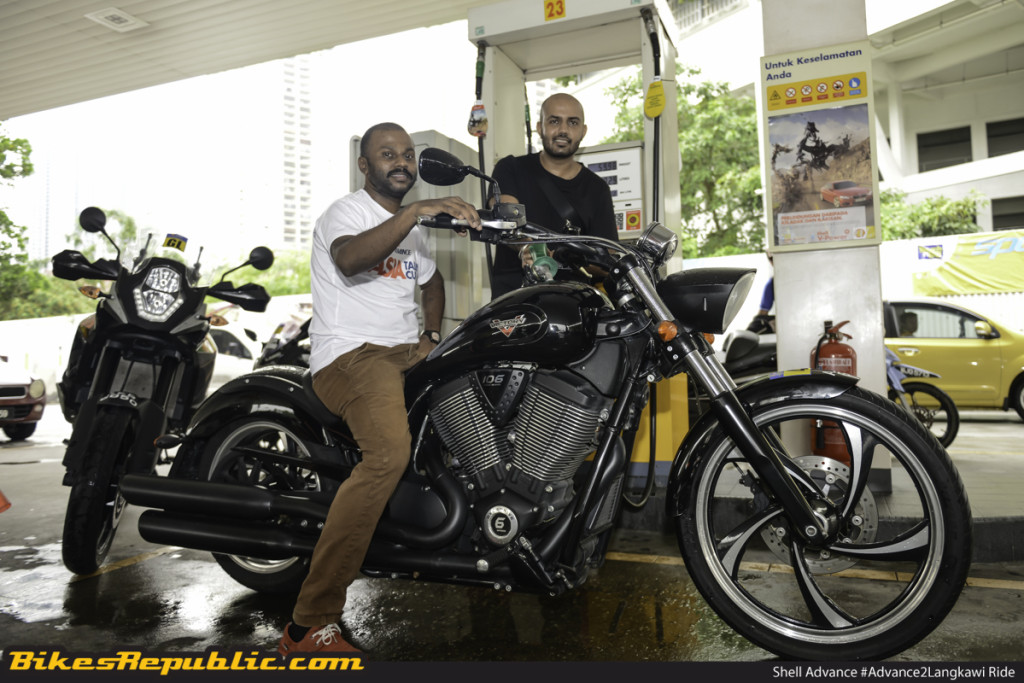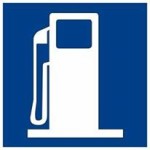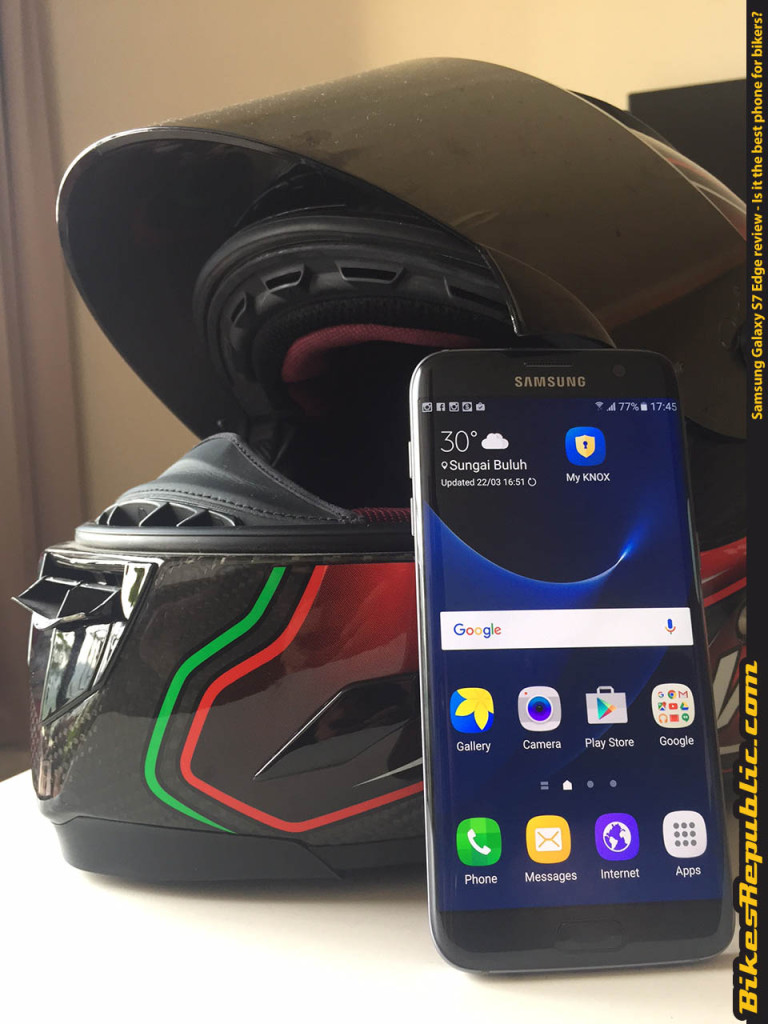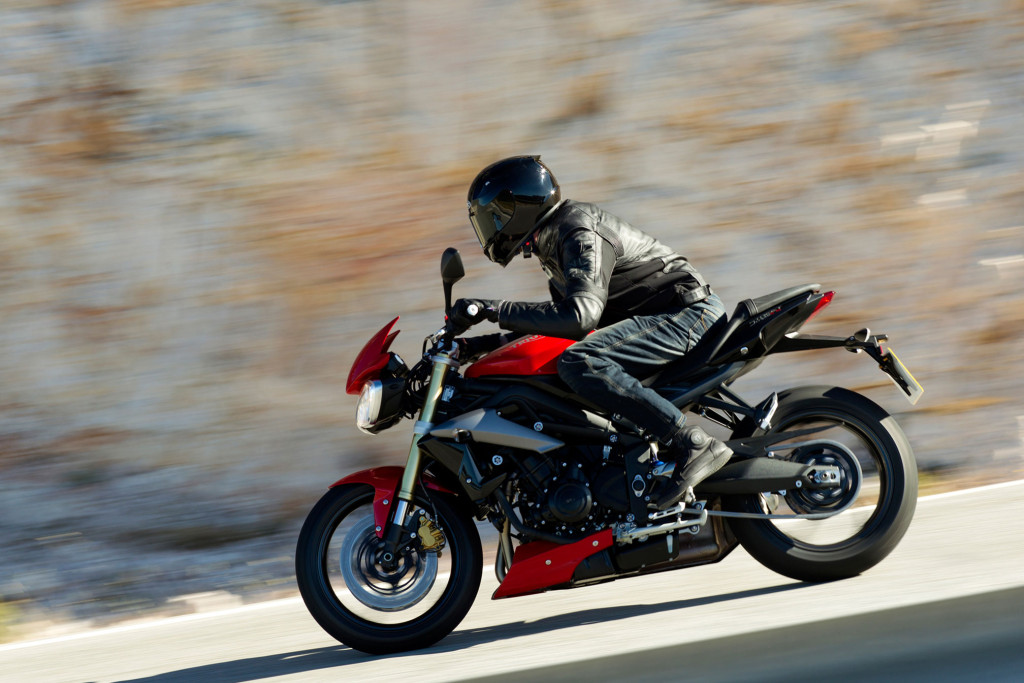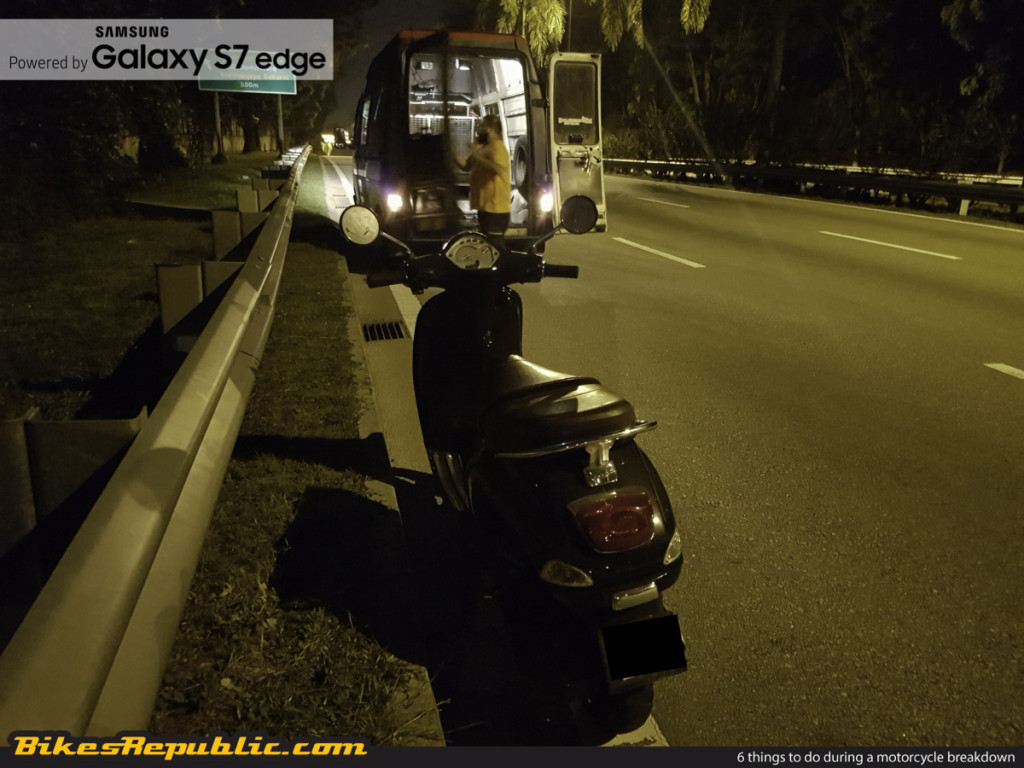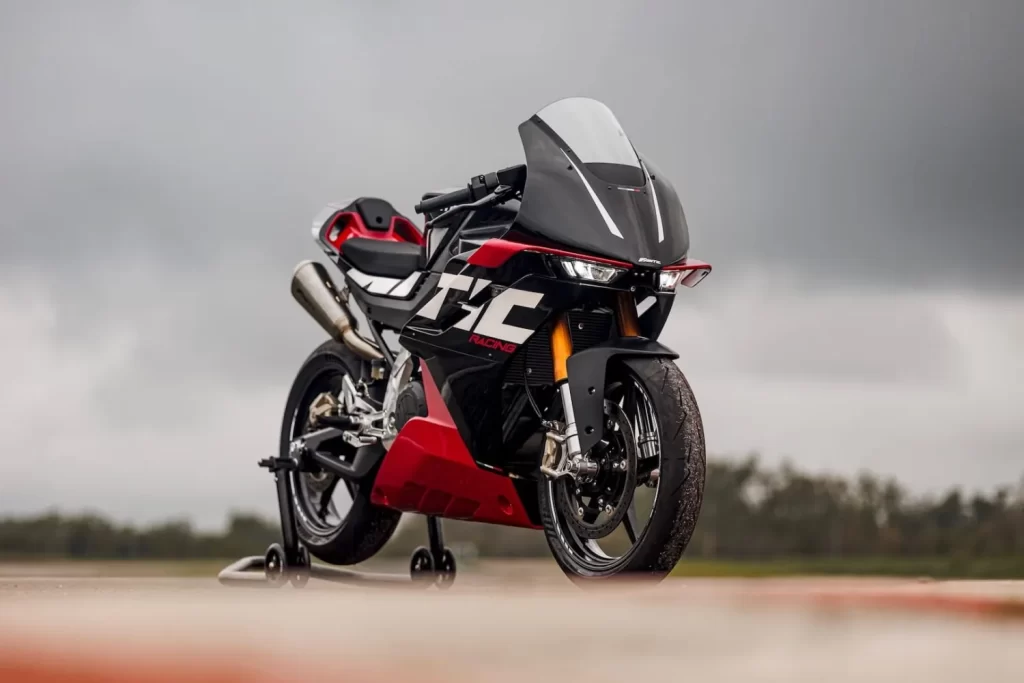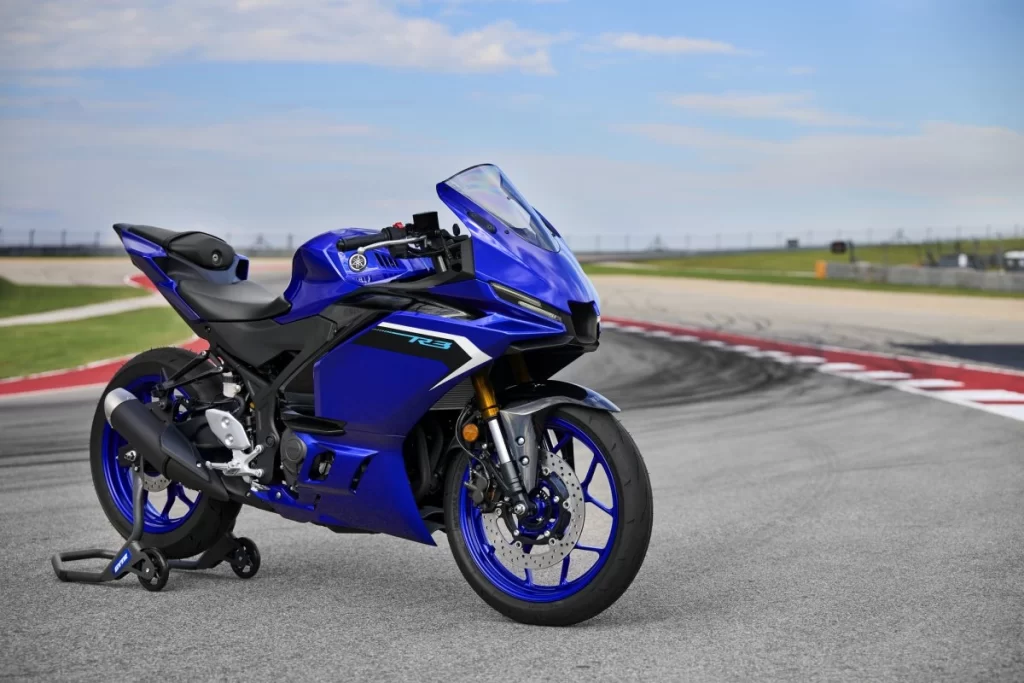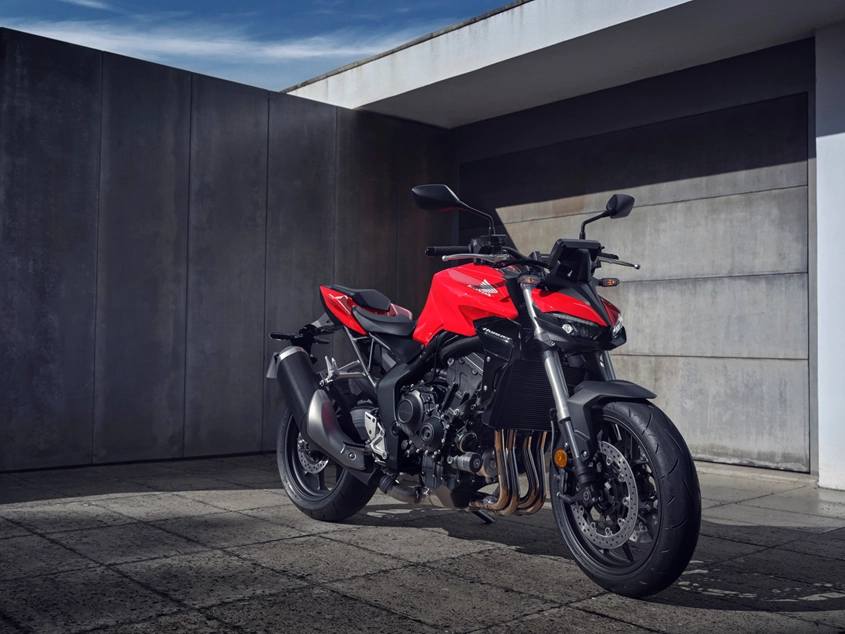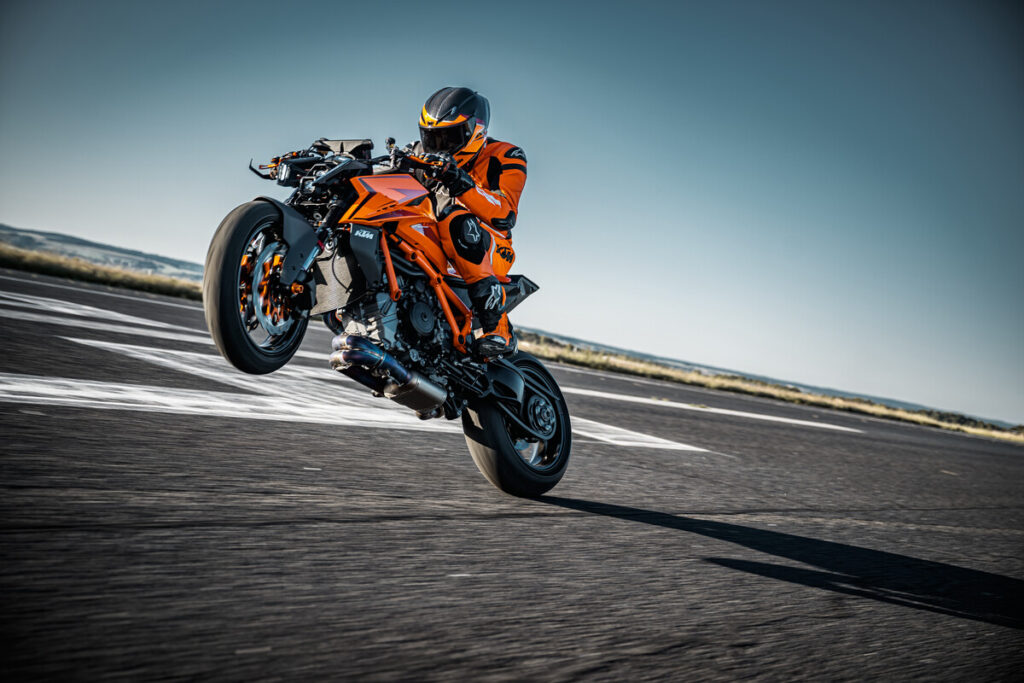Balik Kampung safely during the Hari Raya holidays with our comprehensive 6-step safety riding tips.
Once again, it is that time of year where Malaysians gear up for the Hari Raya festive holidays. This is also a time that many embark on the all-important balik kampung road trip to be with our loved ones, and we’re very sure many of you will embark on this journey on two-wheels as well.
Whether you’re riding on a balik kampung mission or you’re capitalising on the long holidays with an overland trip, we feel the need to highlight the importance of riding safely during this annual festive holiday season.
So, together with our friends at Moto Aladdin, we’ve come up with this special safety riding guide for your reference . This guide should indeed reduce the chances of breakdowns or accidents and prepare you for any unexpected situations as you embark on your respective balik kampung and overland trips.
1. Prepare your bike
The first thing that Moto Aladdin’s head honcho Idon Pang highlighted was proper motorcycle maintenance.
Ensure that your bike has undergone all its scheduled maintenance regimes – both regular and major ones in fact.
“If your bike’s mileage is close to the due mileage for servicing, I strongly advise in getting it serviced early, especially if it is a major one. Make it a habit to do this as early as possible as many workshops can be overloaded at times, especially in the days leading up to the first day of Raya that can cause many corner cutting during rushes,” said Pang regarding this subject matter.
Pang also insisted that you should ask for a detailed invoice or job card from your mechanic and see just what services were performed and what parts were replaced. This is one very basic yet key security step for you as an owner by knowing your bike’s condition and maintenance regime in detail.
Here’s a basic checklist of bike parts to look out for before embarking on any major journey.
I. Lights – headlight, taillight, signal blinkers, high-beam and hazard blinkers (if equipped) must be in good working condition at all times.
II. Horn – no, it’s not a tool to express your anger towards another motorist, it is a tool to warn other of impending dangers and it should be in good working order as weak horns fall on deaf ears.
III. Tyres – ensure there’s still plenty of groove left, filled at the right air pressure and that it isn’t too old (preferably less than two years). You’ll be charting higher miles in your trip, so this is essential.
IV. Side mirrors – not only an essential tool of vision, it is a requirement of the law! Make sure BOTH are in good condition with clear views and replace cracked units.
V. Brakes – ensure your brake pads have sufficient ‘meat’ left, your discs aren’t warped and your brake master, cables and accompanying electronics are in good nick. Your anchors are just as important as your engine’s power.
VI. Engine fluids – ensure that engine oil and coolant fluid are sufficient, and perhaps have your radiator looked at too as heat is a serious issue. Top tip: fluid levels should sit between the ‘Minimum’ and ‘Maximum’ lines.
VII. Suspension – check for leaks and ensure you have it set up right, especially if you are riding with cargo or pillion or both.
Besides that, Pang adds, “If there’s an opportunity to perform a 20-point motorcycle check, then by all means do this as well, even if you’ve just completed your scheduled maintenance.”
You could request for this service at most established garages including Moto Aladdin, and we highly recommend all riders to quickly set up appointments.
Remember, a healthy bike will deliver all the performance you need when you need it, especially in emergencies. Also, given the higher than normal stresses and abuses it will go through during holiday traffic conditions, your bike needs to be as fit as the rider riding it indeed.
2. Prepare yourself
First thing’s first, always practice ATGATT (All The Gear All The Time) people! Good and high-quality gears can save your life – helmet, jacket, riding pants, gloves and boots. Plenty of merchants are conducting festive ‘Hari Raya’ sales right now with good deals and discounts abound, so this is perhaps the best time to shop too.
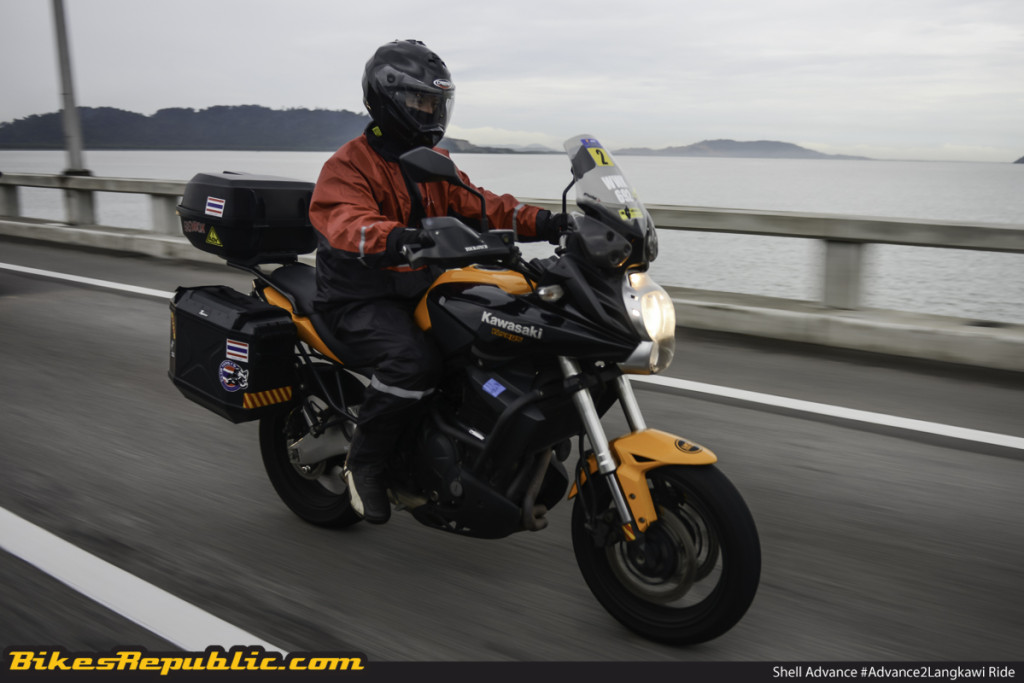
And lets not forget our temperamental tropical weather. Do invest in a good quality rain suit and have it prepared with you at all times. This will not only keep you dry and perhaps prevent a flu, it will also allow you to continue your ride in light rain should time be of the essence in your trip.
Perhaps another area that many of us tend to overlook is our own physical and mental well-being. Fortunately, Pang has some solid advises here too as he’s also quite the athlete himself.
“Please be sure that you are well-rested before your ride. Have a good-sized meal too before riding, but don’t over-eat. It is always important to keep yourself fit and alert when in the hot seat as your reaction times and rapid decision-making skills aren’t impeded,” advised Pang.
For Muslim riders who are fasting, Pang’s advise here is to conduct your ride just after ‘sahur’. Said last meal should keep your body’s system running optimally until you reach your destination, and we need not mention that early mornings are perhaps the best of times to ride (more on this below).
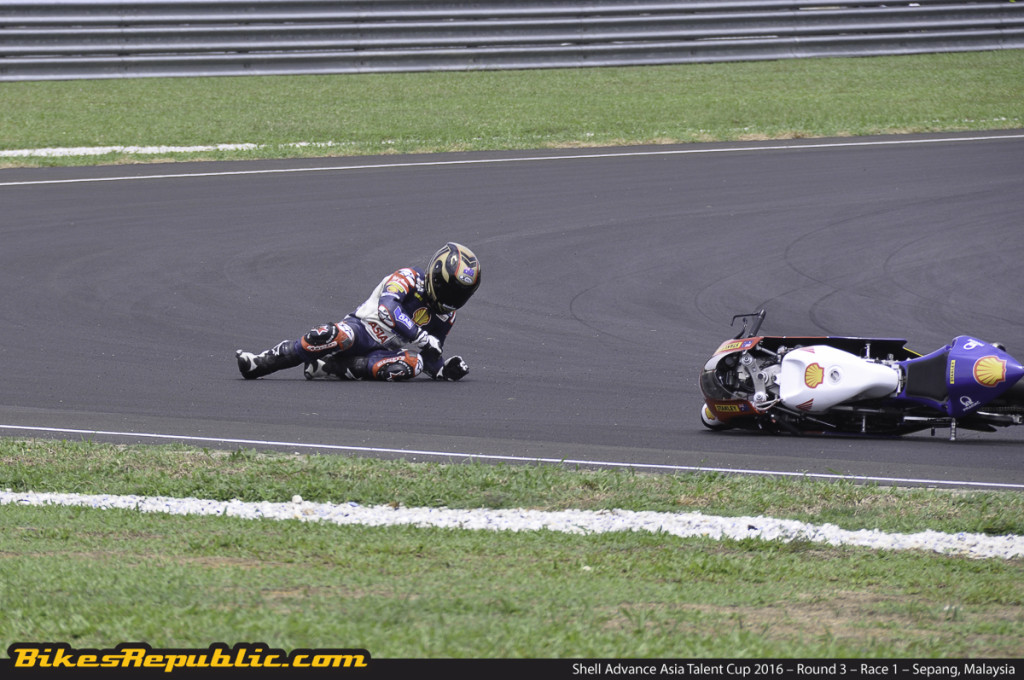
Crucially, riders should also pace your ride accordingly. In other words, you should only ride within your means and capacity. Never push yourself – or your bike too for that matter – beyond your limits. “Stop and take breaks when you need to, prepare a small ration of water and tid bits if you have to as well,” said Pang regarding this matter.
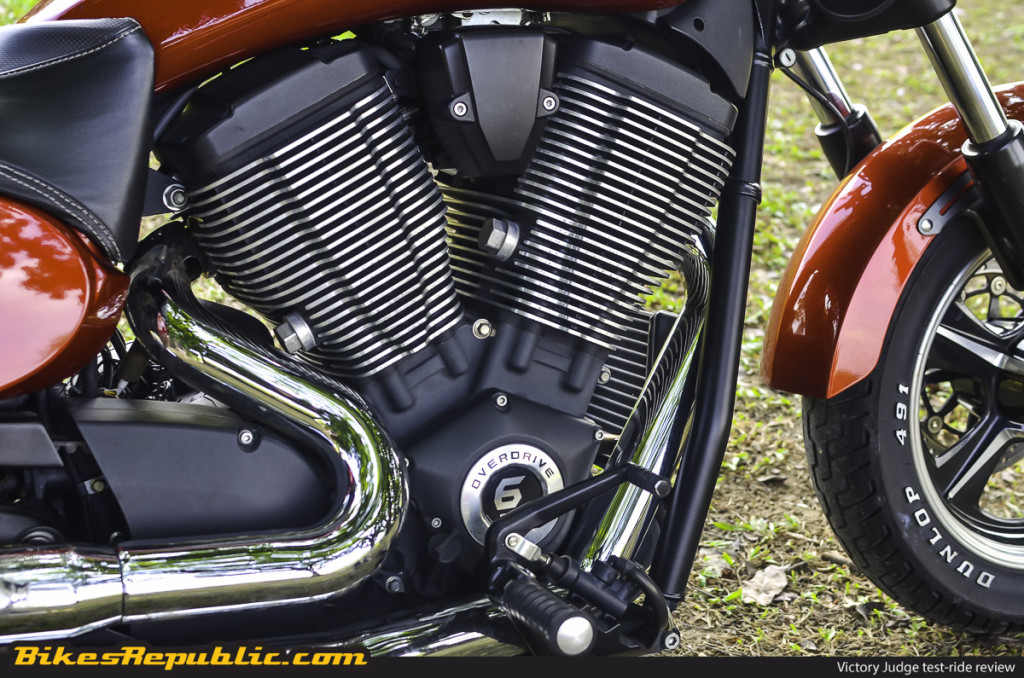
We also like to highlight that if you’re bike is air-cooled, it needs a ‘cool-down’ from time to time too, so consider timing your breaks for that as well.
3. Do your homework!
This is yet another aspect that many still take for granted during festive holiday seasons. Pang again stressed the need for all of us to do proper planning by adding, “In this day and age of Google, smartphones and navigation applications, this couldn’t get any easier in fact! Ensure you’ve nailed your route planning with back up plans tooas it will make it easier for you to deal with the unexpected.”
Typically, everyone wants to get from Point A to Point B in the shortest time span possible, meaning many would flock on to major highway networks and take popular routes. Obviously, these routes will be congested or, worst still, clogged and backed up as a result.
You can overcome this by avoiding said popular routes and major highways whenever possible and opting for alternative routes instead. In most cases, a longer route with less traffic is far more efficient to tackle as oppose to a shorter route that’s congested.
You’ll not only save time and fuel that’s wasted in traffic congestions, you’ll also avoid the unnecessary additional stresses on both you and your bike too whilst stuck or filtering.
The best thing to do here is to have a quick glance through Google Maps or Waze. List down any and all alternative routes available that you are willing and confident on taking.
Also, ensure the routes have as many of the following along it as well as it will definitely be handy, especially during emergencies:
1. Rest Stops and Lay-Bys
2. Toll Outposts
3. Petrol Stations
4. Police Stations
5. Hospitals
6. Motorcycle workshops / General workshops
Lastly, have your list of emergency contacts readily available in your phone and on your person as well. What you should have are emergency hotlines (police, fire and rescue, etc), your next of kin’s contacts, your mechanic’s or workshop’s contacts, as well as your insurance provider’s and preferred towing service hotlines too.
4. Start your ride as early as possible
“My personal advise here is to start your journey as early as possible before sunrise, and take one or two stretches of back roads at least. Many of us tend to loose focus on long and straight highways, but a set of twisties keeps us far more alert and you’ll probably get better scenery too!” so says Pang regarding this matter.
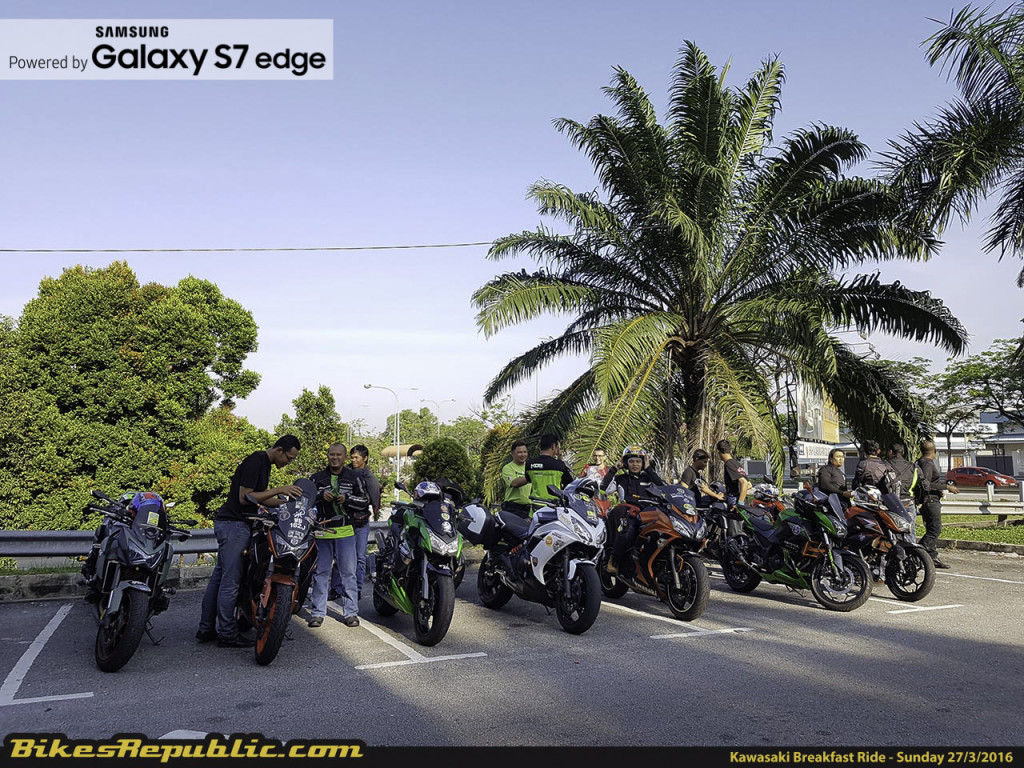
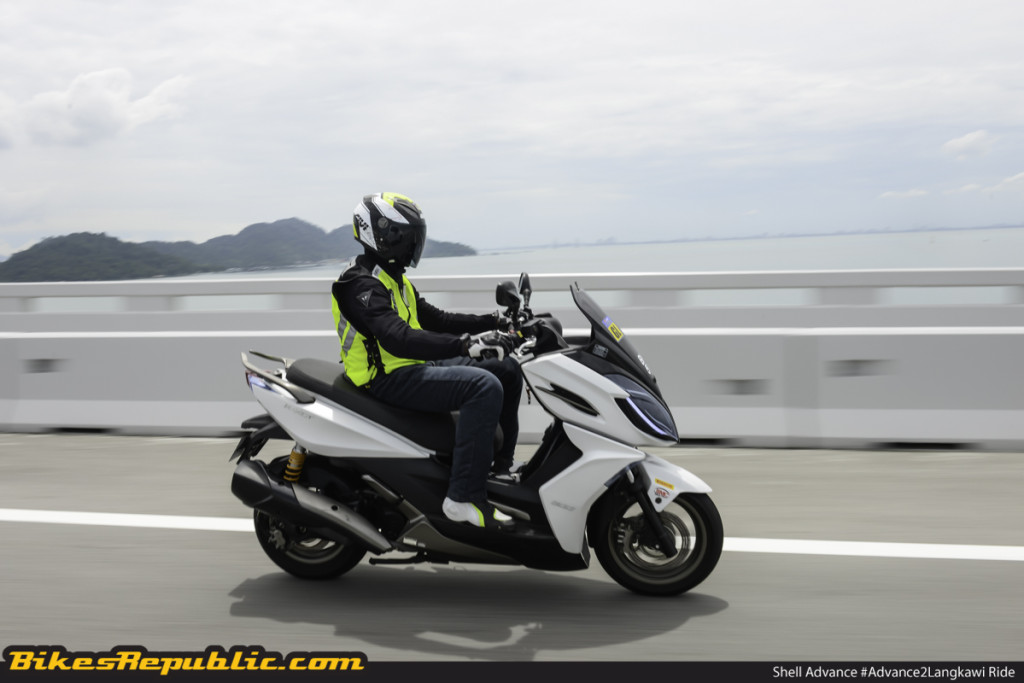
You could opt to perform your ride at night too. However, this should only be considered if you’re experienced enough, have good eyesight still, and that you ensure that you are highly visible by having all your lights in excellent order and donning hi-visibility clothing.
Avoid riding in the middle of the day as you’d not only be facing high amounts of traffic congestion, you’ll also have to deal with greater stresses from baking under the blaring hot sun or getting soaked in the typical late afternoon torrential downpour.
5. STAY OUT OF THE EMERGENCY LANE!
Pang couldn’t stress this point any more sternly: “STAY OUT OF THE EMERGENCY LANE!”
Above is an example how a clogged emergency lane impedes emergency responders.
FACT 1: Travelling along the emergency lane is against the law.
FACT 2: Only emergency response vehicles i.e. ambulance, fire engines, and police vehicles, can travel on the emergency lane.
FACT 3:Using the emergency lane endangers not just yourself, but also other road users and impedes emergency responders from doing their jobs.
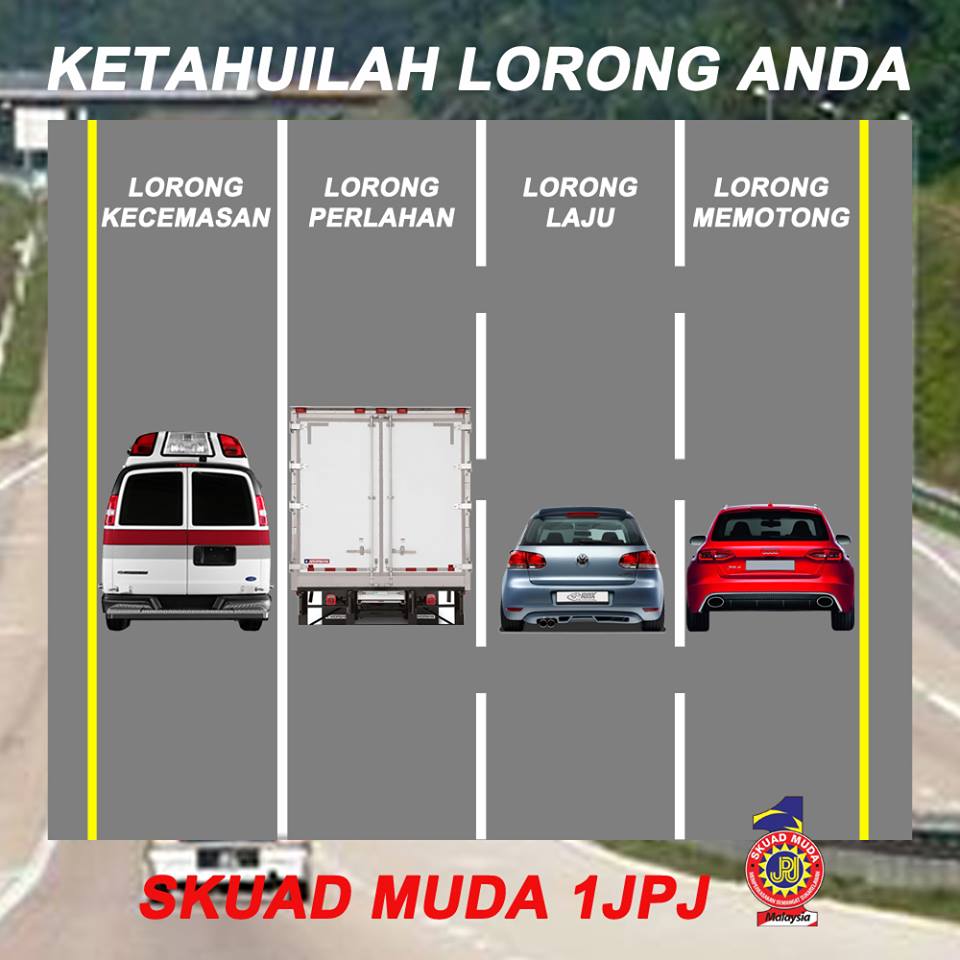
Remember, the emergency lane is for EMERGENCIES ONLY, meaning you’ll find crashed or broken down vehicles there besides emergency response vehicles responding to time-sensitive (read life and death) situations. So we’ll keep things simple by reminding you once again: STAY OUT OF THE EMERGENCY LANE!
6. Ride safely and conservatively
Pang’s first reminder here is to “always keep a safe distance from other vehicles. The space will give you room to manoeuvre and will keep you much more visible to other road users.” Never assume that the driver at the wheel of the bigger car or truck are aware of your presence, even if it is their responsibility.
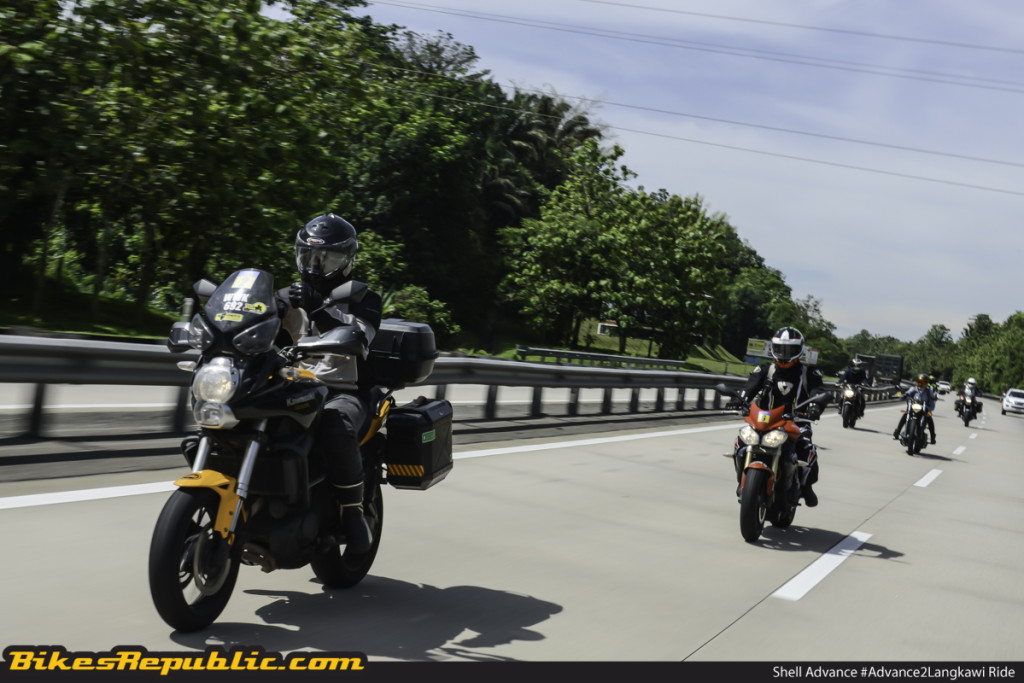
Secondly, Pang highlights that most fatal motorcycling accidents occur during the overtaking process.
Pang advice here: “Only overtake a vehicle when time, space and your capabilities permit it. Reaction times and decision-making processes are crucial here, and you should always fully commit to your manoeuvres. Never stay in between larger vehicles or in their respective blind spots.”
We’d like to add a reminder for you to constantly remain alert and vigilant. Remember, being on two-wheels means that you are statistically 16 times – yes, SIXTEEN times – more likely at risk as opposed to driving a car. Danger looms everywhere and, in most fatal scenarios, it strikes at the most unexpected of times.
Ride safe guys!
By practising these six crucial steps, we hope to help you reduce your risks when riding your prized two-wheelers during the upcoming festive Hari Raya holidays. You can check out the video below of Pang’s safety riding tips and advices he previously did with local TV network TV3 for more.
You can also click here and here to get in touch with our friends at Moto Aladdin and set up your service appointment.
UPDATE
Now, should the inevitable breakdown occur, then give our six-step guide on what to do in that situation we’ve just published by clicking here.



